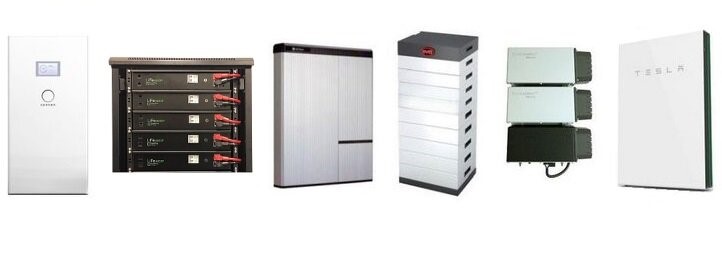
Best Solar Batteries In Melbourne in 2021 for Commercial and Residential?
GET A QUOTE
Home energy storage batteries are on the marketplace for a few years with numerous varieties and sizes now available. because of the rapid improvements in lithium technology, modern lithium battery systems quickly superseded traditional lead-acid batteries as manufacturers developed smart, modular systems to suit different energy storage applications. The vast number of battery options is great for consumers but it’s made it harder to pick the simplest battery to suit a specific home or business.
Undersized batteries:
Batteries that do not have adequate capacity to fulfill the household demand.
Oversized batteries:
when the solar battery doesn’t have sufficient power to charge the battery, typically during the winter months.
To avoid these issues A battery should be selected according to a variety of important factors including; solar battery size (existing or new), system type (on-grid or off-grid), and most significantly, average daily energy consumption (kWh). With this in mind, we selected the simplest batteries according to the five following categories:
Best solar battery Systems:
- Sungrow SBP4K8 – Best small battery up to 5kWh
- LG Chem RESU10 – Best mid-size battery up to 10kWh
- BYD Premium – Best modular battery system
- Tesla Powewall 2 – Best AC coupled battery system
- Powerplus Energy – Best off-grid battery system
- Redback Smart Hybrid – Best all-in-one solar panel system
Before going into detail about the simplest battery systems, we’ll first explain some key differences between the varied battery types and why certain batteries are better suited to different applications. It’s worth noting that the majority of those battery systems require a compatible hybrid inverter to work.
Battery Capacity – kWh
Battery size or capacity is measured in kWh (kilowatt-hours). this is often the quantity of energy A battery can store, although the usable capacity may differ from the entire battery capacity. for instance, a lithium battery with 10kWh total capacity, may have its usable capacity limited to 80% to extend lifespan. Therefore, the only 8kWh of energy is often discharged on a day to day. However, often the last 20% is out there in emergencies, like a protracted blackout.
The lifetime of A battery is usually determined by the amount of charge/discharge cycles (or total energy output). All batteries lose capacity over time, and therefore the end-of-life is usually after A battery has lost 20 – 30% of its original capacity, which is usually after 3000 to 3500 cycles, or roughly 9-12 years.
Reference: https://www.cleanenergyreviews.info/